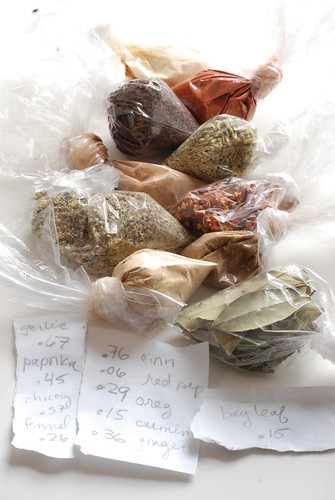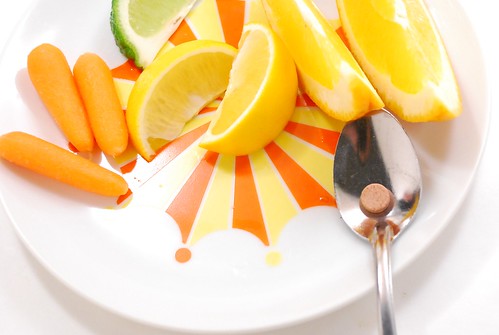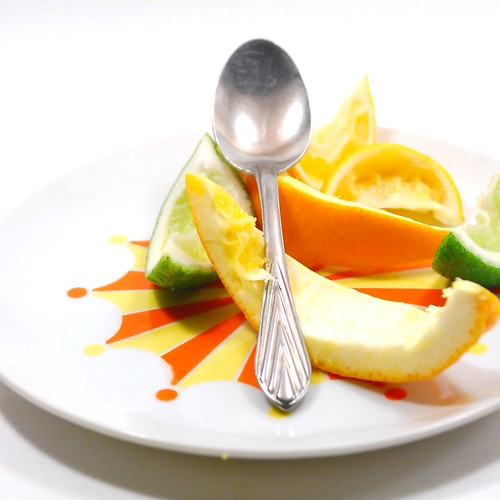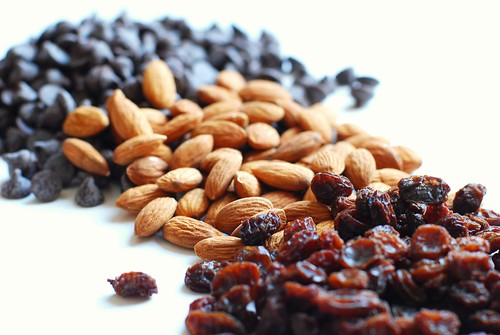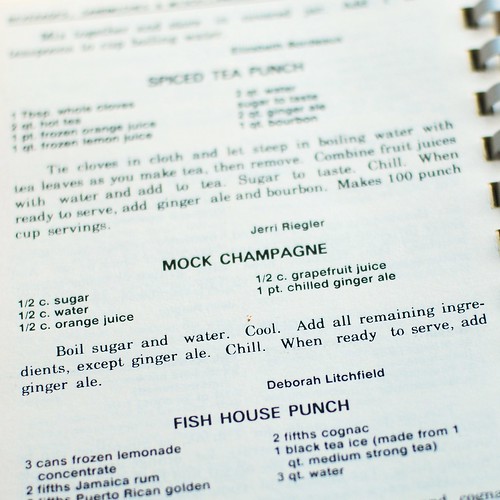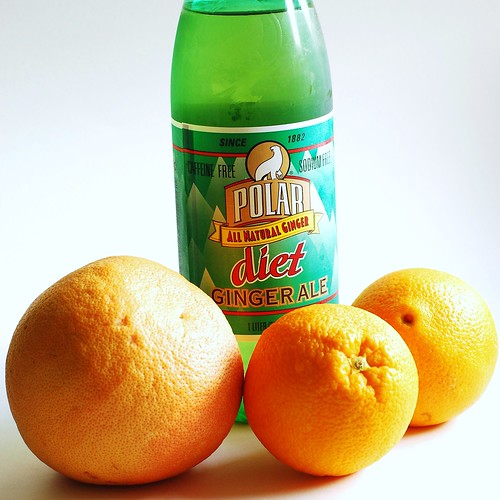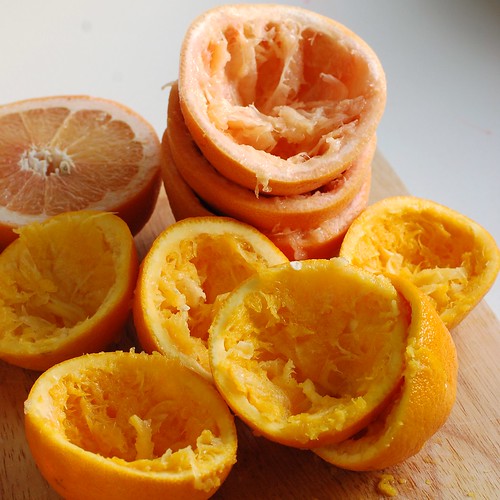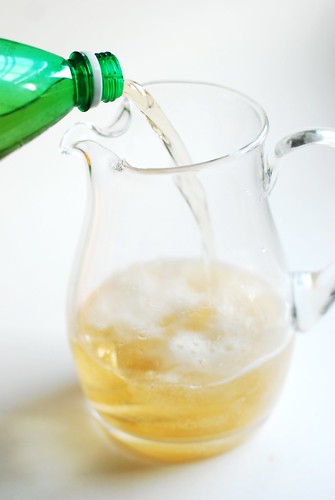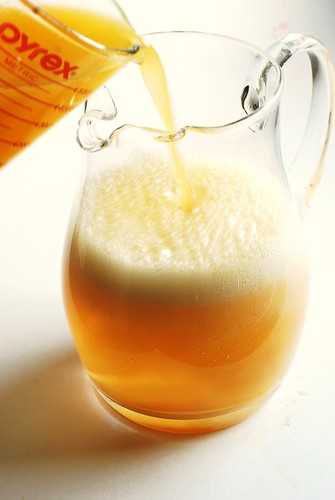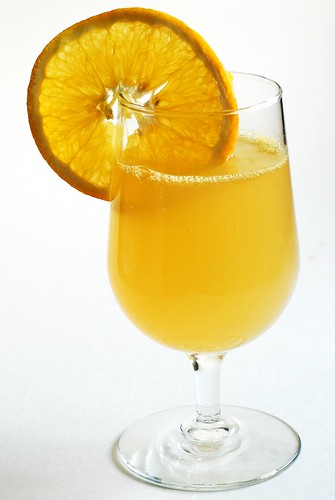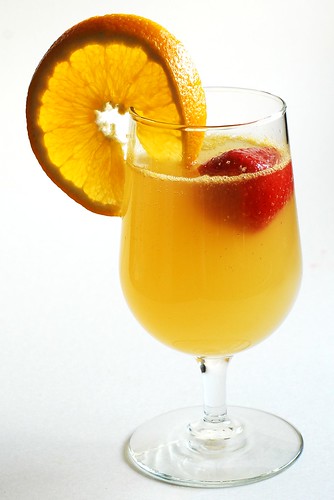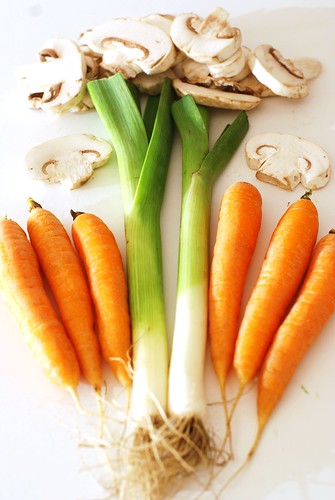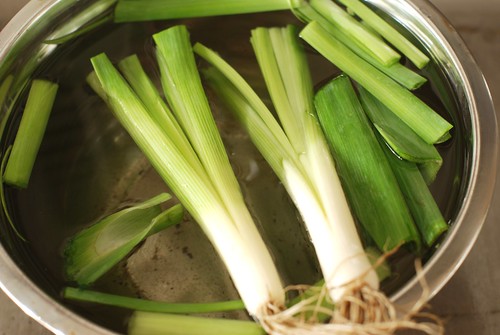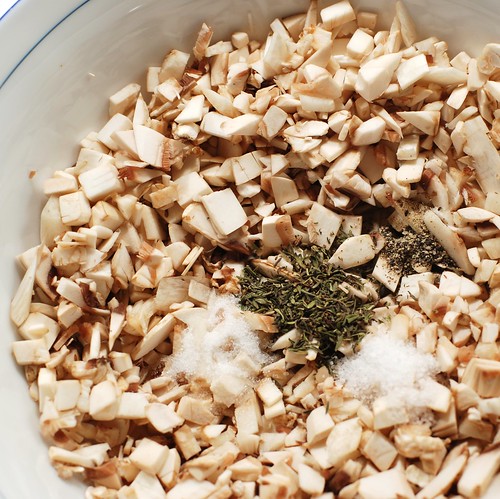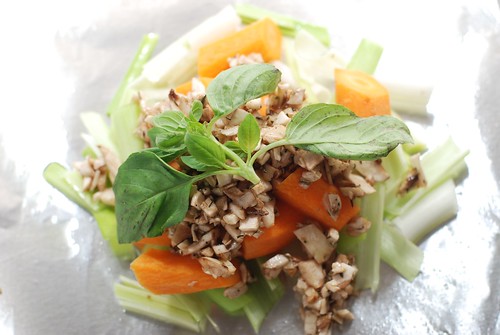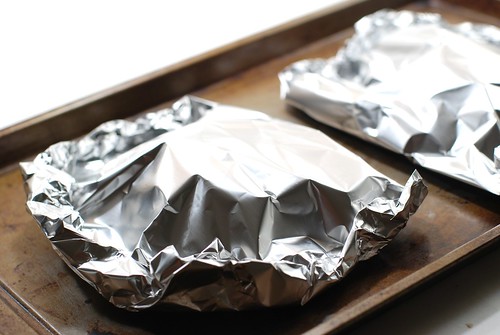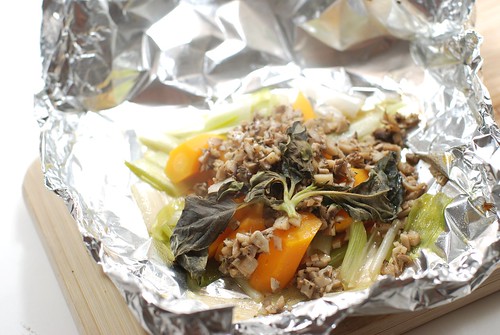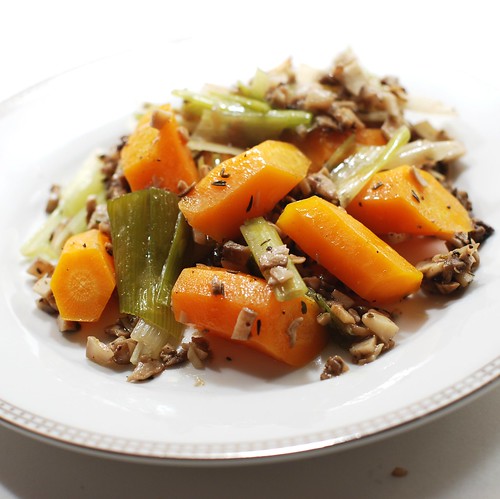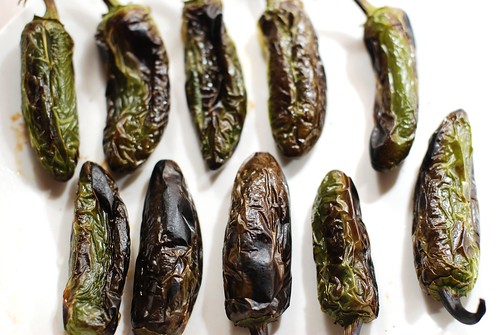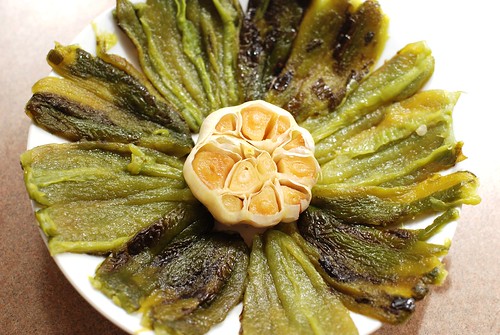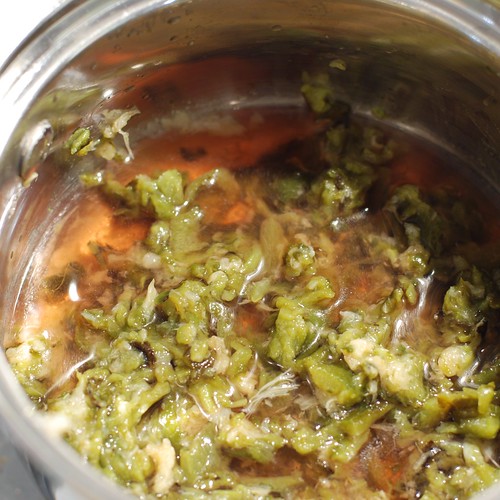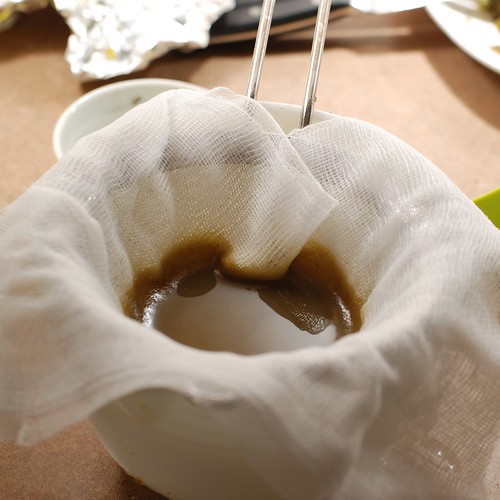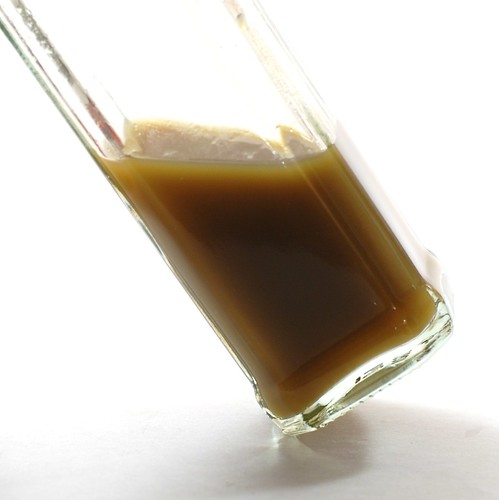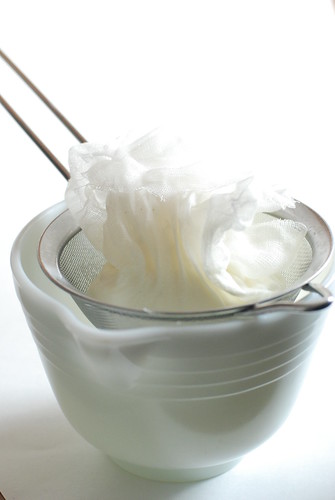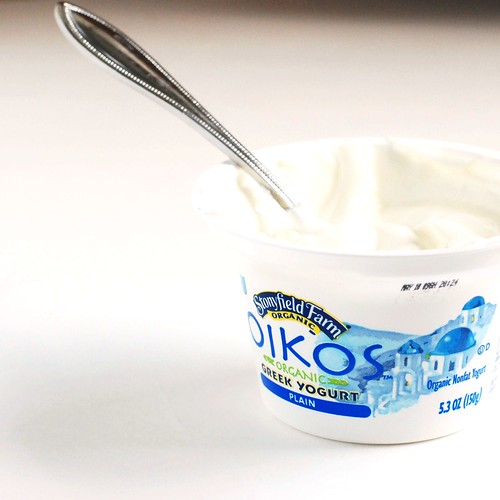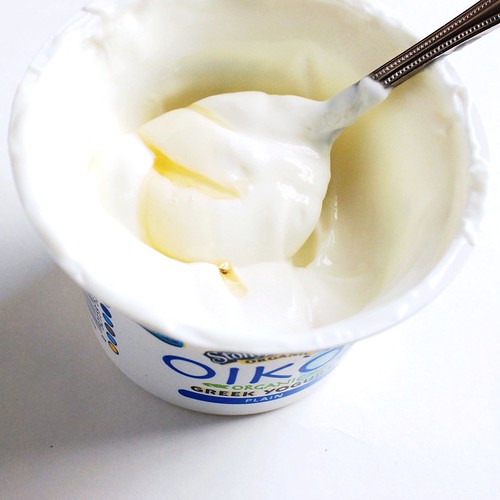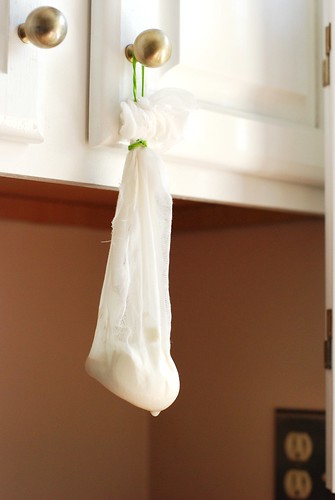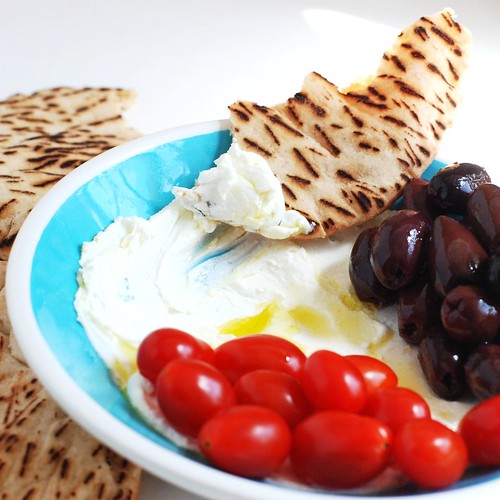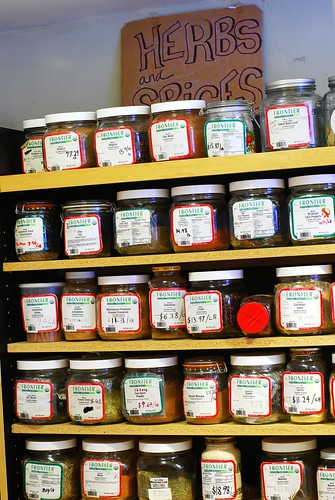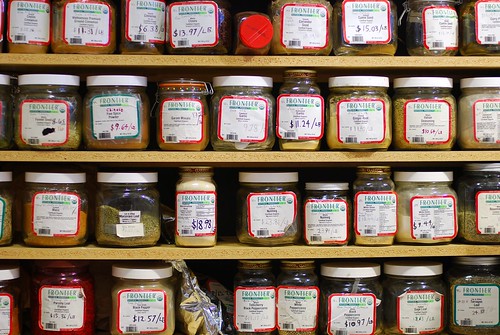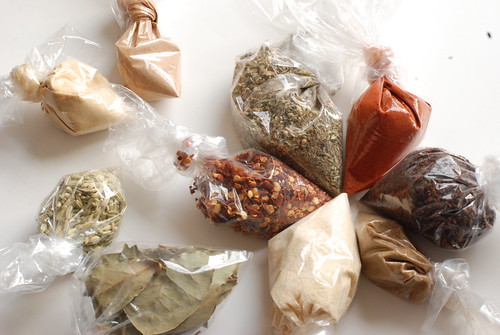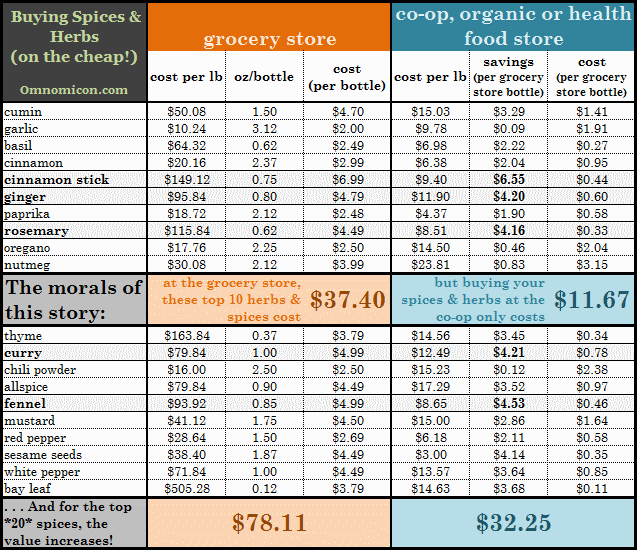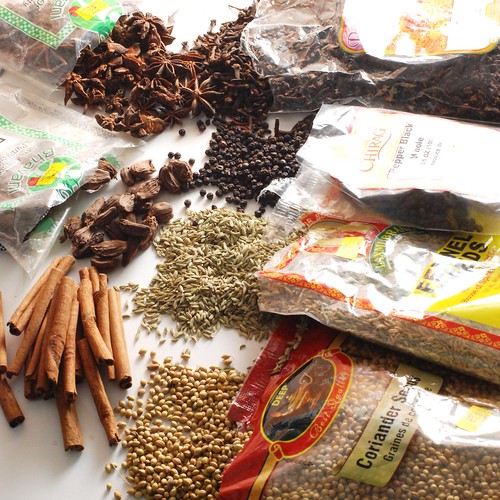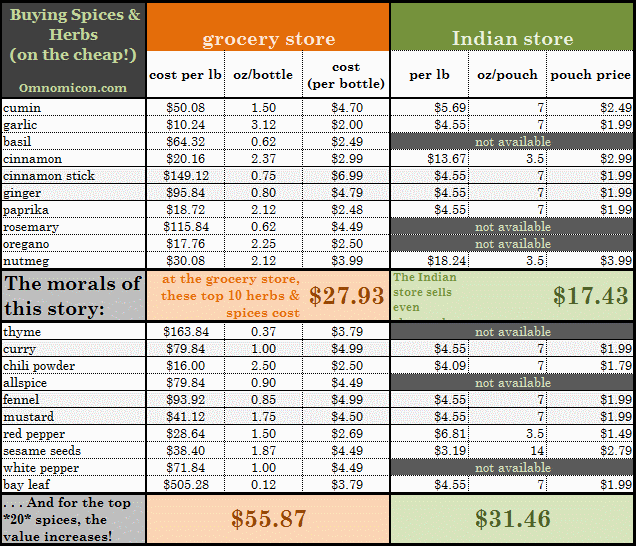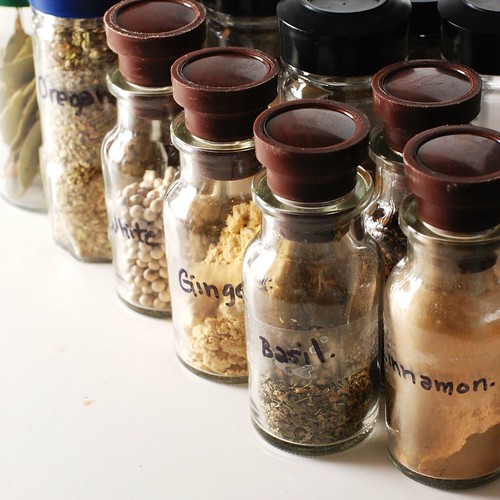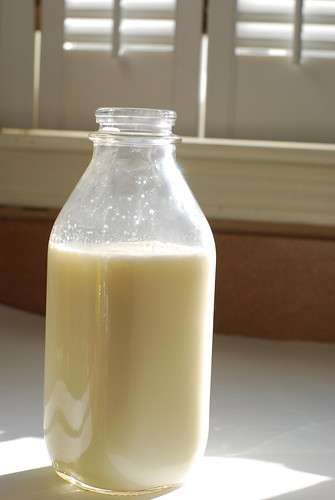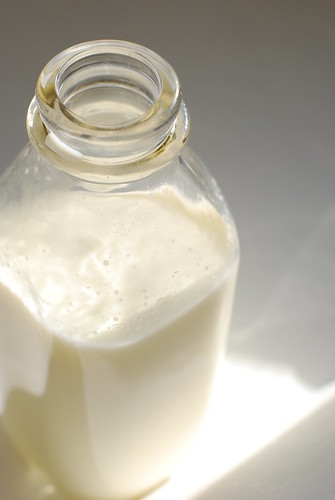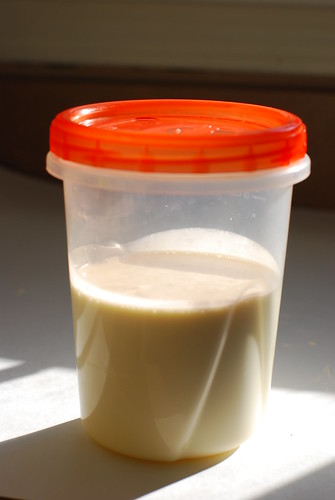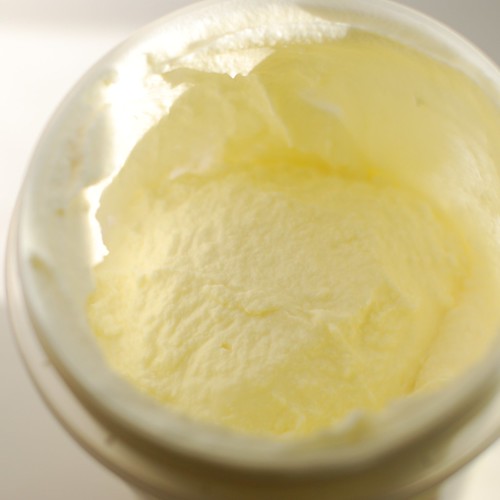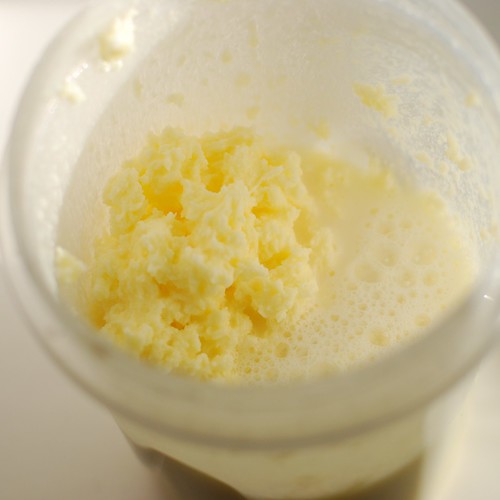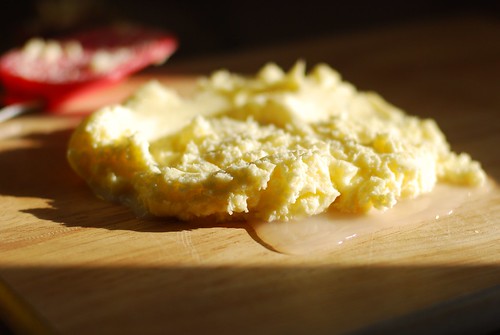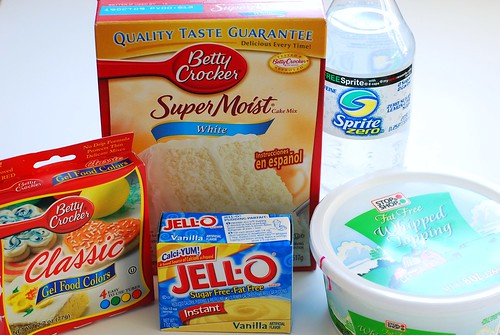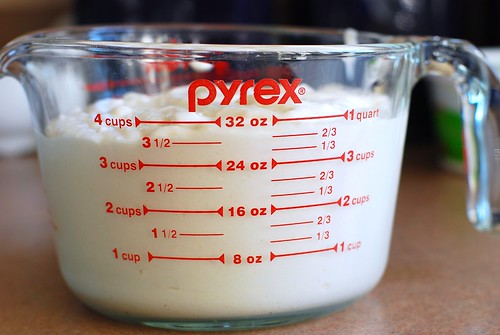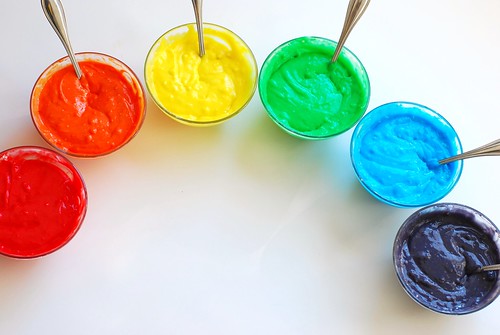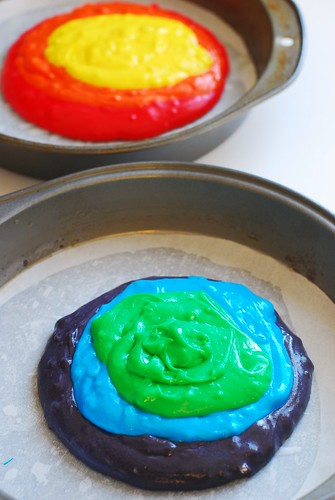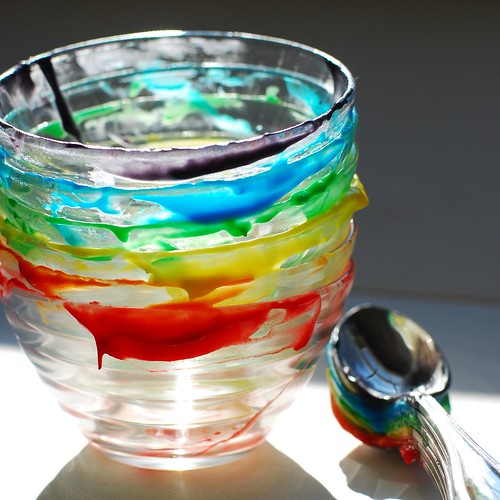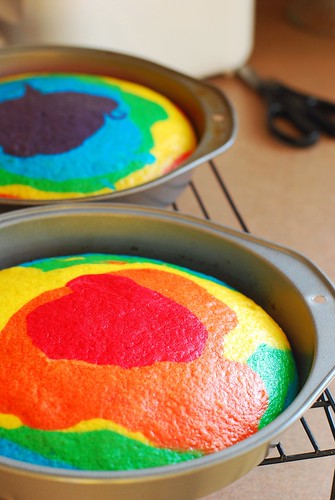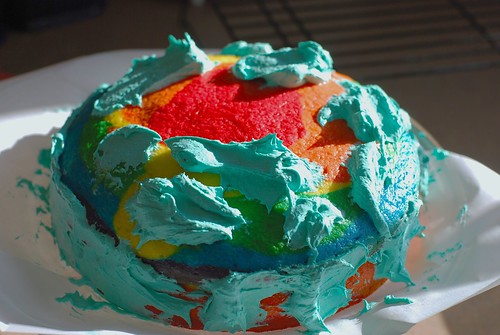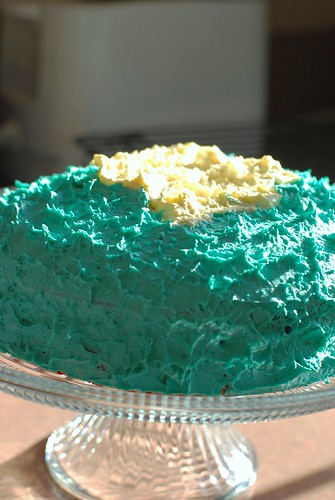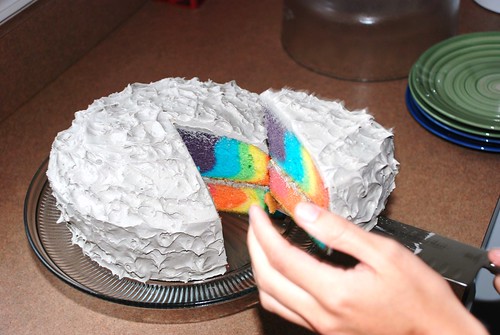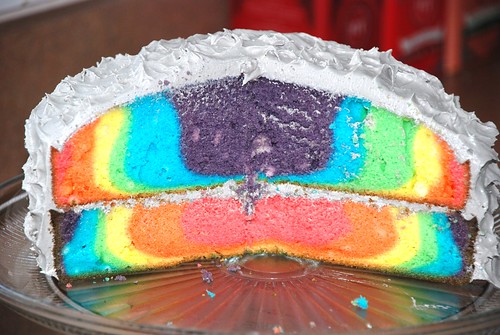Aaannnndddd, she’s back!
So I did mention something about health and/or diet food in my last post, and while this recipe is the latter, it is most certainly not to be confused with the former. I posted about my rainbow cake here, and it got a lot of traffic on over to my livejournal, and everyone wanted the “recipe.” The cool thing is that if you’re making something so distractingly colourful, people will think it’s delicious no matter what.
This presents me with the option to use an old Weight Watchers trick—the one-point cupcake. Except I’m making a cake and I created my own frosting. Kinda. I’ve seen it done before, but I swear I made it up first!
This cake is suitable for many occasions:
- A child’s birthday
- Your mom’s birthday
- Coming out to your conservative parents
- If you’re a lesbian, they’ll be thrilled that you won’t be forgoing your feminine kitchen duties.
- If you’re the kind of gay dude who makes cakes for your parents, they were probably on to you anyway.
- Coming out to your conservative parents on your mother’s birthday
- Your friend’s jam band CD release party
. . . so I’m sure you’ll find a use for this recipe soon.
And of course, you can use any white cake recipe you’d like. This is just how I make it because I have delusions of wearing size 2 someday.
Oh yes, and do me a favour: DOUBLE THE RECIPE AS PHOTOGRAPHED HERE!! The recipe at the bottom is accurate, but this made for a really REALLY small cake, and there was not nearly enough frosting, especially considering its lightness.
Okay, on with the ingredients.
That’s all. Notice the lack of fat in here? Mmmmmm . . . chemicals. Though I don’t need to defend my method thanks to the double-dub (WW) aspect, even when I make a “real” cake I usually use box mix because let’s face it: Betty’s been doing it way longer than I have, and has pretty much perfected the art.
Pour a can of soda (12 oz) 2-12 oz cans of soda into the cake mix two boxes of cake mix. No eggs, no oil, no water, no sweat.
The action shots weren’t too thrilling. Now we measure it.
I’m going to round to 30 oz 60 oz because I have six colours and isn’t that just too convenient? It worked out to 3/4 c 1.5 c per colour, measurementwise. So I divvied that up and used my gel colours.
(the gel colours, while not as good as pigment dye, are much bolder than the very liquidy food colouring you probably grew up with)
The first colour you drop into the pan, use about 2/3 of the mix for that colour. Otherwise, the top (last) colour will really dominate. I used a heaping 1/4 c 1 cup of each colour.
Drop the colours, one by one, into the middle of the pan, in neat concentric-ish gobs. Remember the cake is going to be sliced in the side there, so mixing it around on top isn’t going to make your slices any more psychedelic (trust me, I did the three-dimensional thinking for you already).
When you’re three colours in, start doing the reverse with the other pan. Since I’m going in rainbow order: red, orange, yellow, green, blue, purple, I got from red to yellow in the first pan, then purple, blue, green in the second. This is so that your two pans are equal if your measurements aren’t exact (and they’re not likely to be).
Now finish up.
Follow the box’s baking instructions and do your dishes.
Such lovely dishes!
Now for the frosting: 1 box 2 boxes of fat free sugar free pudding mix, and 8 oz 16 oz (two of the 8 oz tubs pictured) of fat-free whipped topping. Or sugar-free. Or light. Or regular. They’re all pretty much the same. But that’s it.
Holy shit, the cake’s done! Toothpick clean and everything! Get that shit out of the oven!!!
The purple top kind of made a little turkey silhouette.
The frosting will be a little tough to spread, so treat it like a buttercream (I guess, I’ve never frosted a cake with buttercream). Putting gobs all over, then smoothing in worked well for me.
And look at that thing! It’s so pretty-lookin.
Here’s what this particular cake looked like. See how it’s tiny and too rounded and it kind of isn’t all that great? That’s because I didn’t double the recipe. It’s a mistake I’ll only make once.
Here’s what that really should look like: same process, twice the batter.
Mmmmm.
Sunny Day Rainbow Cake
2 boxes white cake mix
24 oz of clear diet soda (2 cans, ginger ale and sprite work well)
gel food colouring
16 oz whipped topping
2 oz instant fat-free sugar-free pudding mix (2 smallish boxes)
The Dieting
Mix the cake mix with the soda according to regular instructions on box. It will be lumpy afterward. Again, you can use any white cake recipe you want, this is just how I do it.
The Rainbowing
Measure the total volume (by my estimate, 64 oz), then divide by 6 and measure into separate bowls. There are 8 oz in a cup, so 64/6 = 10 to 11 oz, or 1 cup + 2 tbsp.
Stir colour into each bowl with its own spoon. For the first colour into the pan, measure out 2/3 to 3/4 of your mix (in this case about 1 c) as close to the middle as you can. Drop in your first three colours, then work on the other pan with the last three colours. So if you’re doing rainbow order, the first pan should have red, then orange, then yellow, and now the purple, blue and green go into the second pan. As a recap, this is so both layers are roughly the same size.
Bake the cake for however long the box tells you to bake it. Check it when the box says to, but usually it’ll need an extra 5 or 10 minutes or maybe more because of the density of the soda method. Just keep baking, checking back every 5 minutes or so until a toothpick to the center comes out clean. Let cool completely before moving to a wire rack.
The Frostinging
Meanwhile, make your frosting. Just mix the pudding mix in with the whipped topping for a few minutes. Dye if you’re into that.
Frost your fat-free cake with your fat-free whipped frosting. Eat.
Edit 1 (one week later)
No children were harmed in the making nor consumption of this cake.
People seemed to miss the point that I am a 25-year-old woman on a diet with no kids. Since kids don’t really need fat-free anything, there’s no need to use the soda recipe if you don’t like the idea, and if you don’t like dye, don’t make this for dinner for them every night for a month. Okay, folks, thanks for the allowance to disclaim.
Edit 2 (two weeks later)
A note to Weight Watchers (the people on the diet, not the company):
WW has long advertised 1/12 of a cake mix with diet soda to be a “one point cupcake.” I have no idea why they insist this is the case when according to the “as packaged” nutrition information, this much cupcake has 170 calories, 3g fat and no fiber . . . by my calculation, that’s 4 points. That said, 1/12 of this recipe, (2 box mixes + 16 oz whipped topping + 2 oz or so pudding mix) works out to 10 points a slice. Not bad considering that a comparable cake would be 14 points.
Edit 3 (two months later)
FAQ
Here are questions I get over and over again about this cake. I just don’t want to answer any more emails about it. These questions apply to any cake, so please don’t blame your epic fail on me.
Omg my cake burnt!
Next time don’t bake it for as long.
My cake stuck to the pan!
Grease your pan better next time.
My cake burnt/stuck to the pan/was underdone/crumbled. Is this because of the food colouring I used?
No, the food colouring has nothing to do with the failure of your cake. You baked it too long/didn’t grease enough/didn’t bake long enough/moved it before it was cool.
I’m making this for my kids, can I use non-diet soda for this cake?
I don’t know why you would, you certainly wouldn’t be saving much in the way of calories, and I don’t really think your kids need more sugar. Just make a regular cake and then put food colouring in it, it will look the same, promise.
If I don’t make it with soda, will the colours run?
No. In fact, like I keep saying, please just use whatever the hell cake recipe you like. Please. The rainbow part has nothing to do with Weight Watchers.
The frosting, it’s so thick!
Yes, buy a tub of Duncan Hines frosting as a backup plan.
The cake, it fell apart!
Let it cool before you move it, and more importantly, don’t jostle the thing about.
I don’t like the cake this made, blech!
You probably aren’t on a diet, so I don’t know why you bothered to make diet cake.
I don’t get it, you make two cakes and then you put them on top of each other?!
Yes, it’s called a layer cake, and pretty much any cake you buy at a grocery store is constructed in the same manner.
But I don’t *like* food colouring.
Well, you’re wasting your time reading this, aren’t you?
I totally saw this on Something Awful’s Goons with Spoons Rainbow Cake thread, way to steal the idea, asshole.
Me too, fellow goon, me too. And in fact, I posted my original rainbow cake there. If you have no idea what I’m talking about and would like to see about a hojillion rainbow cakes, and a rainbow cheesecake, please check out the thread that put this on my radar.
9/26/2014
closing comments because way more spam bots are hanging around than humans, and after at least 2000 actual people comments, there probably isn’t much left to say. however, my email address remains active, so if you wanna be social, send it that way.
thanks, internet, this was fun.




